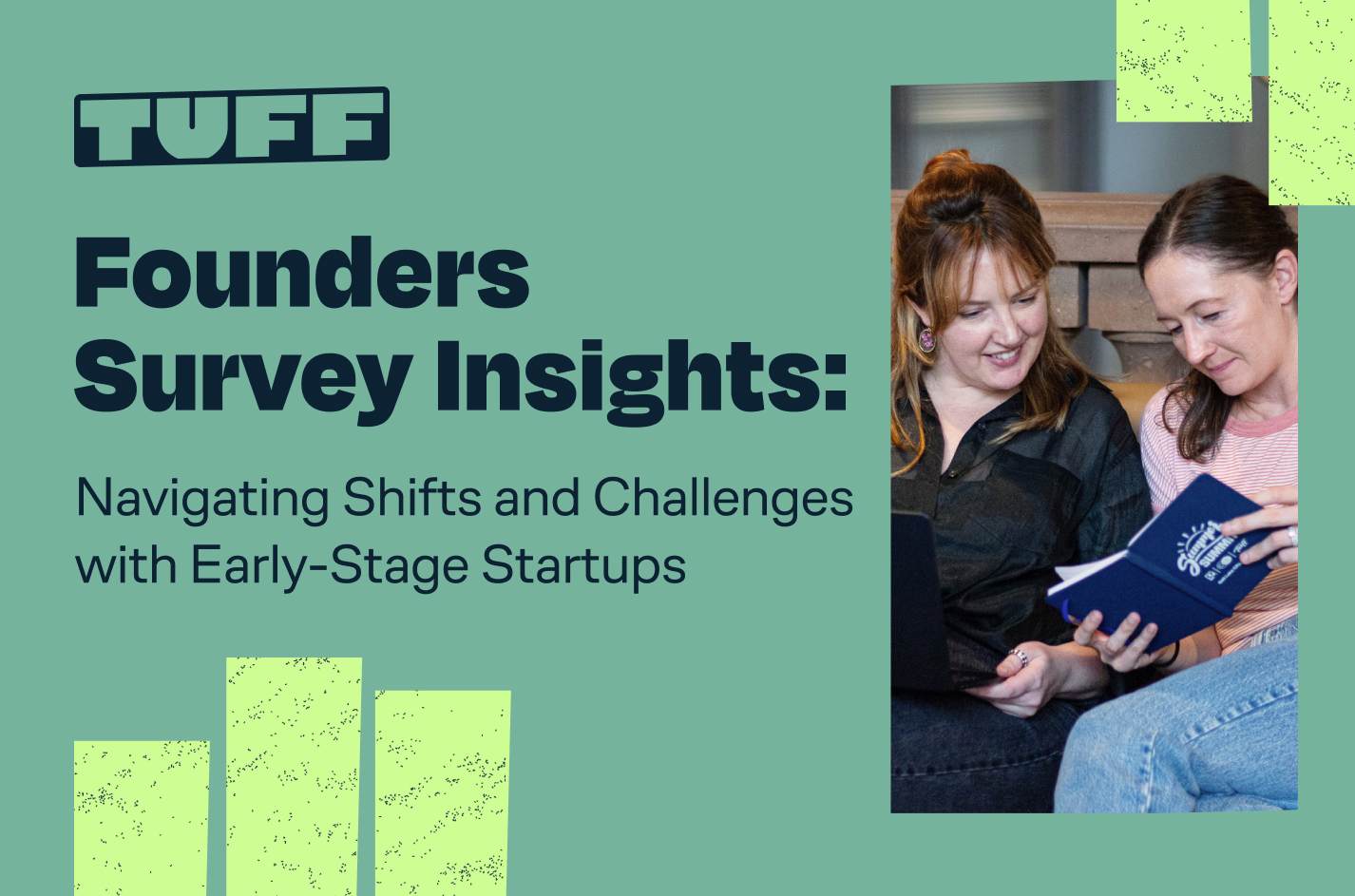9 Effective Ways To Test New AI in Digital Marketing
We’re in the early stages of exploring how to integrate new AI in digital marketing. We’re infusing it into our workflows to do our jobs better and smarter. We think we’re going to see a lot of testing and exploration this year and in the years to come.
These technologies are poised to evolve things – like search engines and photo editors and development but that’s natural. We see our job, as a growth marketing agency, to understand the limitations and new changes and then evolve, adapt, and grow with them.
Here are some of the ways our team is experimenting with and thinking about AI technologies:
Ad Creative
There are BOUNDLESS ways AI technology can positively impact the ad creative process. At this point, the tools we’ve discovered mostly just crack open opportunities for efficiency. For example, we can use ChatGPT to create code to use in After Effects and Jasper to write ad copy, but both these (and myriad other use cases) are just a starting point. There is no AI tool out there (yet!) that can develop materials that can seamlessly populate ad campaigns. So, especially in the creative realm it’s imperative that we adopt the perspective that these efficiency finders can get us ~50% of the way there. And it’s going to take subject matter experts to do their due diligence and make tweaks and modifications in Figma, After Effects, and in Google Docs that sharpens the AI output to become creative that actually hits the mark.
There’s also an important ethical conversation to include here – AI does not have the capability to develop a novel idea. That means that every output originates from somewhere else. This becomes especially problematic when AI borrows from other artists’ styles, methods, and approaches and does not compensate or credit them.
Paid Media
So far, for paid search, we’ve been leveraging ChatGPT and other AI technology, in the following ways, as we continue to utilize the platform on a daily basis:
- General Research for Campaigns (e.g. location, geo assistance)
- Keyword Research Assistance (e.g. gathering ideas, synonyms, and search volume)
- Competitor Research (e.g. comparing keywords within website copy, search volumes)
- Ad Copy Experimentation (e.g. creating new ad variations to split test)
- Google Ads Script Creation (e.g. creating new scripts to help automate tasks and reporting efforts)
- Technical Questions (e.g. assistance in solving tracking issues within Google Tag Manager)
In addition, Microsoft announced a new AI-powered version of its Bing search engine and we’ve been monitoring it closely.
Here’s what we know:
First, what we do know so far is that the tech will augment search results with an AI generated response to queries. This will also allow the user to open up a further dialogue with the bot in a chat style. Verge has a great article and video here showcasing an early look at Bing’s integration.
Right now, it looks like the chat integration will surface on the sidebar of search results, at least on Bing desktop. On mobile, it will probably take the top spot of search results, similar to rich snippets do now. How or where paid search results will surface, we are not yet confirmed, but considering these companies make most of their money from paid advertising programs, we are doubtful that they will look to cover them up.
Second, not everyone has access to this currently, but can request access by joining the waiting list on Bing (we have already). Google is not there yet, but we expect both Bing and Google will have these rolled out in the next weeks to everyone.
Third, we’ve been asking how does this affect our paid search strategy? Right now, it doesn’t. That doesn’t mean it won’t soon, but there are a couple of things we will be monitoring, including:
- Will Bing search traffic share increase? Probably. But that doesn’t mean that users will be searching for our target keywords. Here is a real life example we’ve already received. We have a client that is very interested in ‘going hard’ on Bing search. Why? They anticipate an increase in traffic to Bing search as users try ChatGPT. That is all well and an increase in search volume on Bing overall is very likely, but that does not mean that there will be a sudden increase in users searching for our target keywords like “online bookkeeping” on Bing search. If anything, we anticipate users to try out the search chat bot with questions and there is no indication of where paid ads will show next to these queries. Additionally, a daily budget is a daily budget. If a partner is unwilling to spend more on Bing to capture more of the presumed increase in traffic, they will only get what they’ve always gotten (and maybe less). That brings us to the second point.
- Will CPCs increase on Bing? More competition means higher costs in any auction. Right now, we are not observing any noticeable increase in CPCs, but will keep watching over the next weeks/months and document any changes we see, assuming Bing retains higher search competition than it previously has.
- Are there any new campaign or ad types we can test to take advantage of this new feature? At the moment, no. And we haven’t heard of any yet. Currently, at the bottom of the initial ChatGPT response on Bing, the answer links out to 5 relevant organic articles for more information. This retail space may eventually include ad results, but that is not in the preview.
SEO
So far, SEO has been leveraging ChatGPT and other AI technology in the following ways, as we continue to utilize the platform on a daily basis:
- Blog post titles & meta descriptions
- We’ve got a topic or a target keyword but we don’t have the official title or meta description yet and we’ll give AI a prompt to write 3 different blog post title options for a blog post about X with X at the beginning of the title.
- We’ve got a title but we want to make it more creative and we’ll give AI a prompt to rewrite the title in three different ways and make it more engaging to increase the CTR in Google.
- When working on technical SEO we’ll come across two pages that are very similar and have duplicate titles or meta descriptions. There are certainly other ways to deal with this but in rare cases, we need to rewrite them and AI is useful in this scenario.
- Blog topics and keyword research
- Similar to tools such as SurferSEO and SEMrush which accept a keyword and spit out a list of blog post topics or keywords, AI can be used as another tool during the keyword and topic research phase.
- Blog post outlines
- AI can speed up the process of creating blog post outlines that we deliver to our writers. These are always in addition to original research and never accepted completely as-is.
- Images
- We’ve tested several different AI stock image websites or image creation websites but haven’t worked any of them into our processes yet. The majority of them are too-novel and still have major flaws. I recently found one that does generate great images with the correct prompts though–https://midjourney.com/home/
In addition to the above, we’re also leveraging AI detection tools for blog posts and long-form content. At Tuff, we’ve developed a two primary types of content for our clients:
- SEO: How can we help our clients rank for the right search?
- Common Deliverables: Blog posts, landing pages, and remediations
- Content: How do we develop high-value content for campaigns?
- Common Deliverables: Long-form guides, eBooks, whitepapers, playbooks, and more.
When it comes to creating a strategy for new content creation and existing content improvement to capture demand and visibility across customer segments, we use a three person team:
- SEO and Content Expert (in-house at Tuff)
- Vetted Freelancer Writer (on contract with Tuff)
- Designer (in-house at Tuff)
When it comes to finding the right writer for each unique client, we vet, brief, and manage contractors to get the very highest quality output possible. We source writers from UpWork, Composer.ly, our personal network from the last 10 years, and Creative Circle.
When it comes to reviewing content and confirming every article is human-generated, our internal team does two things on every piece of content we receive:
- We heavily edit most freelance writer work, and we give writers explicit instructions not to use AI tools.
- We run new content pieces through 3 AI detectors (OpenAI, Copyleaks, and Writer) – and confirm that all say human-generated, not AI.
Right now, these new technologies are fun to experiment with. Whether you think something like DALL-E is an amazing piece of tech or is the worst thing to happen, we’ve been testing and exploring these tools almost daily at Tuff. This is very new, but we think we’re all watching this space very carefully to make sure we leverage it for clients, our own team, and stakeholders.
At the same time, we also think it’s important to know the limitations and be vocal about those: the new A.I. technologies come with a long list of flaws. They can lead to toxic content, misinformation and hate speech. Rapid advancements in AI technology has made it clear that we ensure that AI is used in ways that are safe and transparent. For now, we’ll continue to test, monitor, and experiment!

Ellen is the founder at Tuff and one of the team’s core growth marketers. She is a versatile marketer with expertise in multiple channels – from ppc to seo to email to others – responsible for the experiments and testing. She is happiest when she’s on the ski hill or outside pointing her mountain bike downhill.






